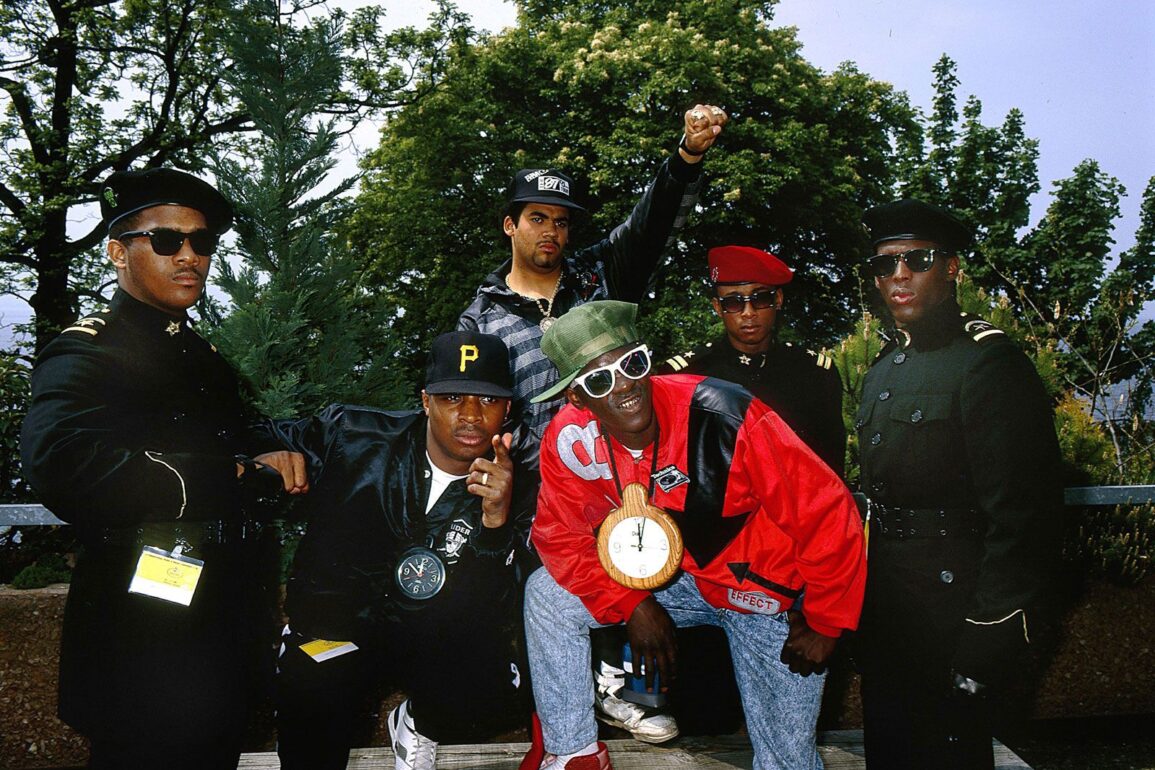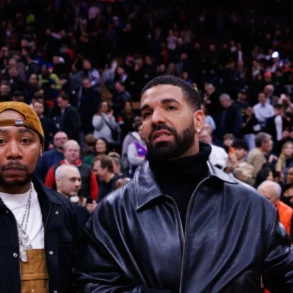Origins and the old school
Although widely considered a synonym for rap music, the term hip-hop refers to a complex culture comprising four elements: deejaying, or “turntabling”; rapping, also known as “MCing” or “rhyming”; graffiti painting, also known as “graf” or “writing”; and “B-boying,” which encompasses hip-hop dance, style, and attitude, along with the sort of virile body language that philosopher Cornel West described as “postural semantics.” (A fifth element, “knowledge of self/consciousness,” is sometimes added to the list of hip-hop elements, particularly by socially conscious hip-hop artists and scholars.) Hip-hop originated in the predominantly African American economically depressed South Bronx section of New York City in the late 1970s. As the hip-hop movement began at society’s margins, its origins are shrouded in myth, enigma, and obfuscation.
Graffiti and break dancing, the aspects of the culture that first caught public attention, had the least lasting effect. Reputedly, the graffiti movement was started about 1972 by a Greek American teenager who signed, or “tagged,” Taki 183 (his name and street, 183rd Street) on walls throughout the New York City subway system. By 1975 youths in the Bronx, Queens, and Brooklyn were stealing into train yards under cover of darkness to spray-paint colorful mural-size renderings of their names, imagery from underground comics and television, and even Andy Warhol-like Campbell’s soup cans onto the sides of subway cars. Soon, influential art dealers in the United States, Europe, and Japan were displaying graffiti in major galleries. New York City’s Metropolitan Transit Authority responded with dogs, barbed-wire fences, paint-removing acid baths, and undercover police squads.
The beginnings of the dancing, rapping, and deejaying components of hip-hop were bound together by the shared environment in which these art forms evolved. The first major hip-hop deejay was DJ Kool Herc (Clive Campbell), an 18-year-old immigrant who introduced the huge sound systems of his native Jamaica to inner-city parties. Using two turntables, he melded percussive fragments from older records with popular dance songs to create a continuous flow of music. Kool Herc and other pioneering hip-hop deejays such as Grand Wizard Theodore, Afrika Bambaataa, and Grandmaster Flash isolated and extended the break beat (the part of a dance record where all sounds but the drums drop out), stimulating improvisational dancing. Contests developed in which the best dancers created break dancing, a style with a repertoire of acrobatic and occasionally airborne moves, including gravity-defying headspins and backspins.

Britannica Quiz
Pop Culture Quiz
In the meantime, deejays developed new techniques for turntable manipulation. Needle dropping, created by Grandmaster Flash, prolonged short drum breaks by playing two copies of a record simultaneously and moving the needle on one turntable back to the start of the break while the other played. Sliding the record back and forth underneath the needle created the rhythmic effect called “scratching.”
Kool Herc was widely credited as the father of modern rapping for his spoken interjections over records, but among the wide variety of oratorical precedents cited for MCing are the epic histories of West African griots, talking blues songs, jailhouse toasts (long rhyming poems recounting outlandish deeds and misdeeds), and the dozens (the ritualized word game based on exchanging insults, usually about members of the opponent’s family). Other influences cited include the hipster-jive announcing styles of 1950s rhythm-and-blues deejays such as Jocko Henderson; the Black power poetry of Amiri Baraka, Gil Scott-Heron, and the Last Poets; rapping sections in recordings by Isaac Hayes and George Clinton; and the Jamaican style of rhythmized speech known as toasting.
Rap first came to national prominence in the United States with the release of the Sugarhill Gang’s song “Rapper’s Delight” (1979) on the independent African American-owned label Sugar Hill. Within weeks of its release, it had become a chart-topping phenomenon and given its name to a new genre of pop music. The major pioneers of rapping were Grandmaster Flash and the Furious Five, Kurtis Blow, and the Cold Crush Brothers, whose Grandmaster Caz is controversially considered by some to be the true author of some of the strongest lyrics in “Rapper’s Delight.” These early MCs and deejays constituted rap’s old school.
This post was originally published on this site be sure to check out more of their content.







